Opinion: Disney’s Star Wars Sequels Were Doomed From The Start
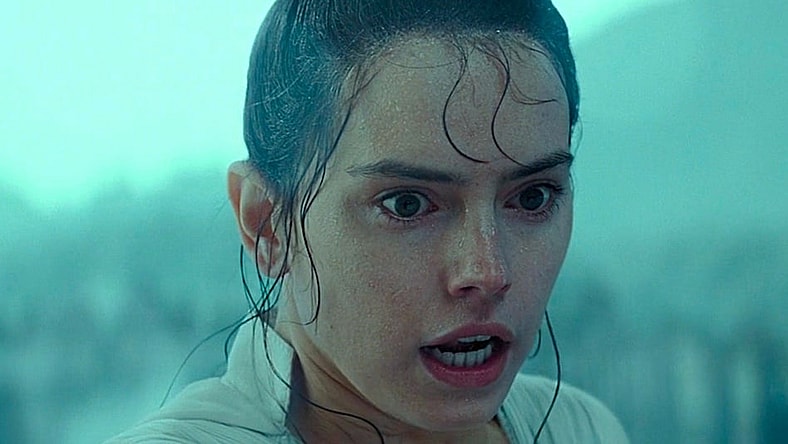
Kylo Ren actor Adam Driver has confirmed what many fans could see with their eyes as they sat through the confused mess known as Episode IX: The Rise of Skywalker; Disney had no master plan for Star Wars.
Despite spending $4 billion to acquire the galaxy far, far away from George Lucas, along with the whole of Lucasfilm, The Force Awakens, The Last Jedi, and The Rise of Skywalker felt disjointed and duct-taped together because that’s exactly what happened.
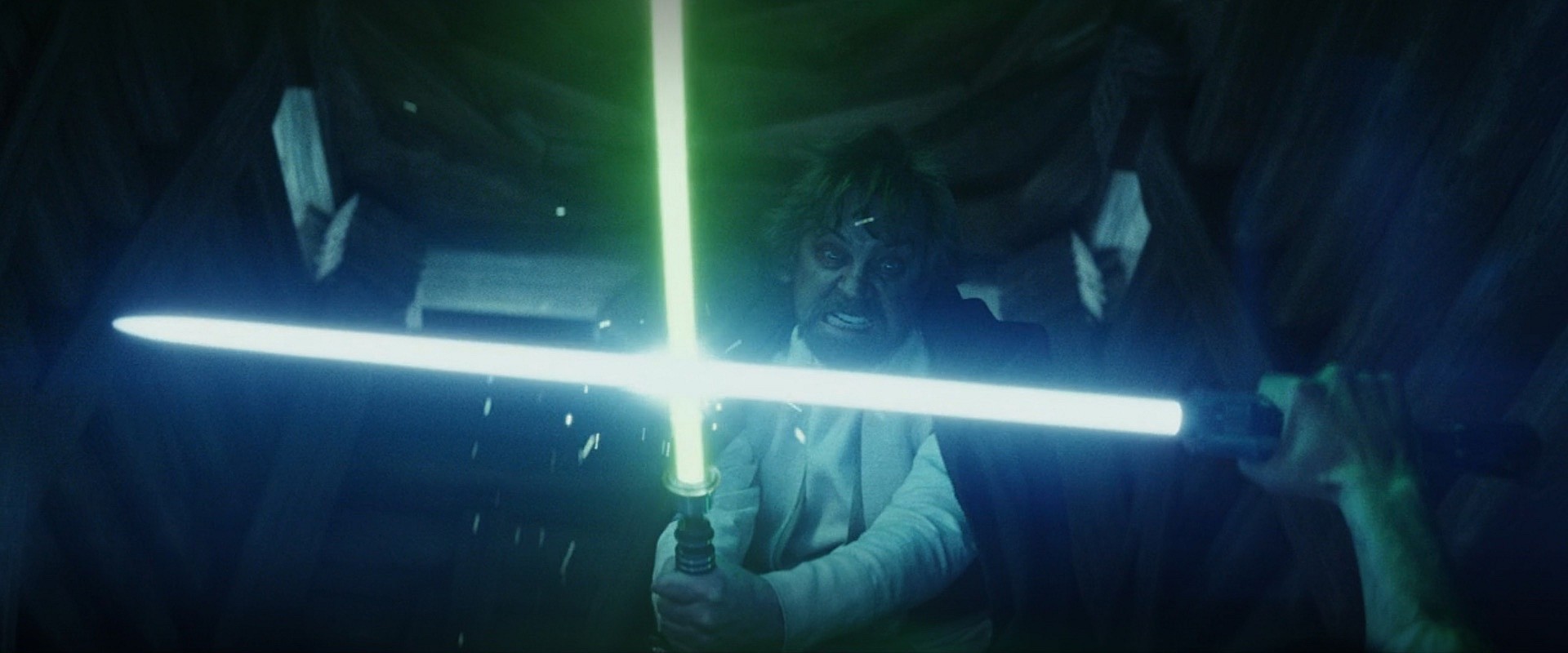
Movies change throughout their production. This is well-known and part of the process of filmmaking. But there is something sadly comical and, in this case, egregious in Star Wars being handled this way by the world’s largest entertainment company.
The same company, mind you, that oversaw the intricately plotted Marvel Cinematic Universe (MCU) spanning 30+ films and TV series since 2007.

Disney was running the show by 2012 when The Avengers debuted, and while the MCU has since become a bit tiresome and flooded the market with too much content for consumers to keep up with, it’s been a meticulously planned campaign.
Why did Star Wars, the most iconic story in modern history, get treated by Disney like a last-minute hack job from start to finish?
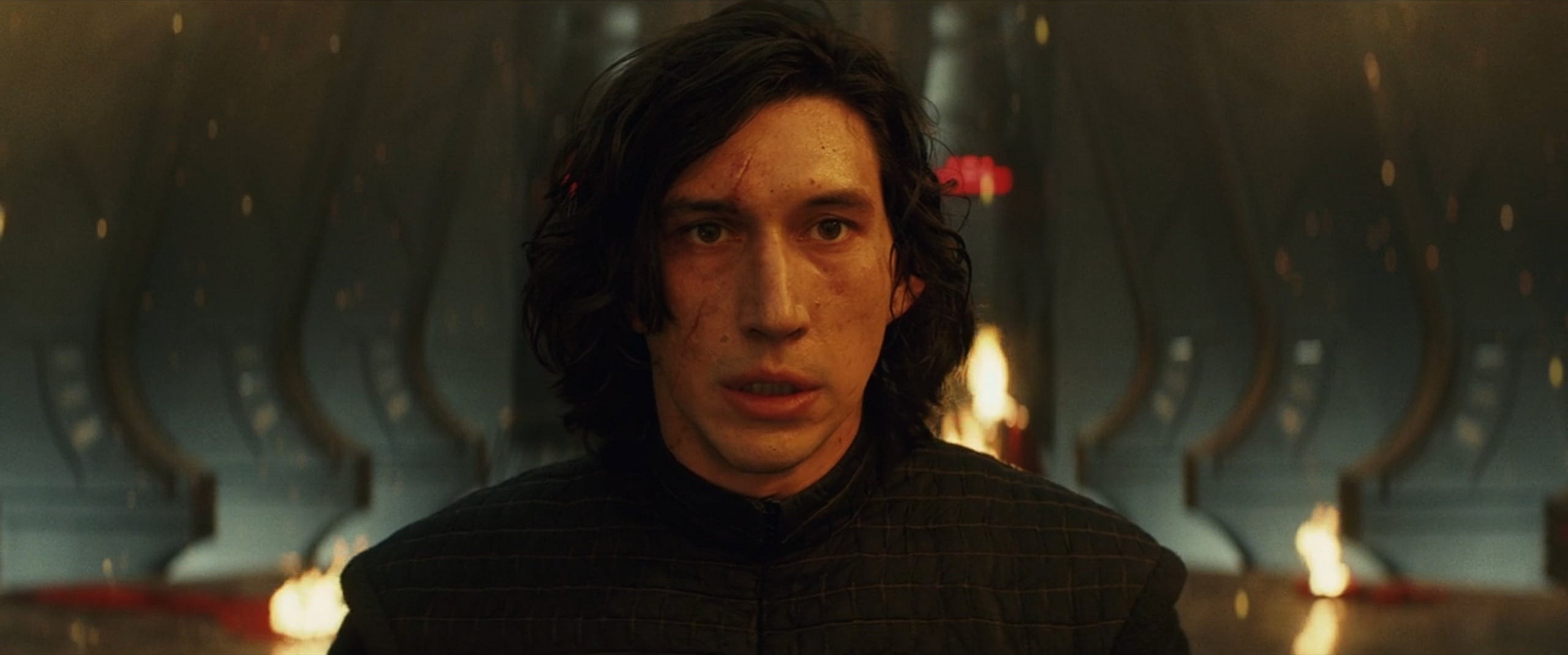
On The Rich Eisen Show, via Variety, Driver discussed Kylo Ren’s character arc in Star Wars, which ended in Kylo renouncing the dark side and returning to his natural identity, that of Ben Solo.
“I had an overall arc that in mind that [JJ Abrams] wanted to do,” Driver said. “His idea was that [Kylo’s] journey was the opposite journey of Vader, where Vader starts the most confident and the most committed to the dark side. And then by the last movie, he’s the most vulnerable and weak. He wanted to start with the opposite.”
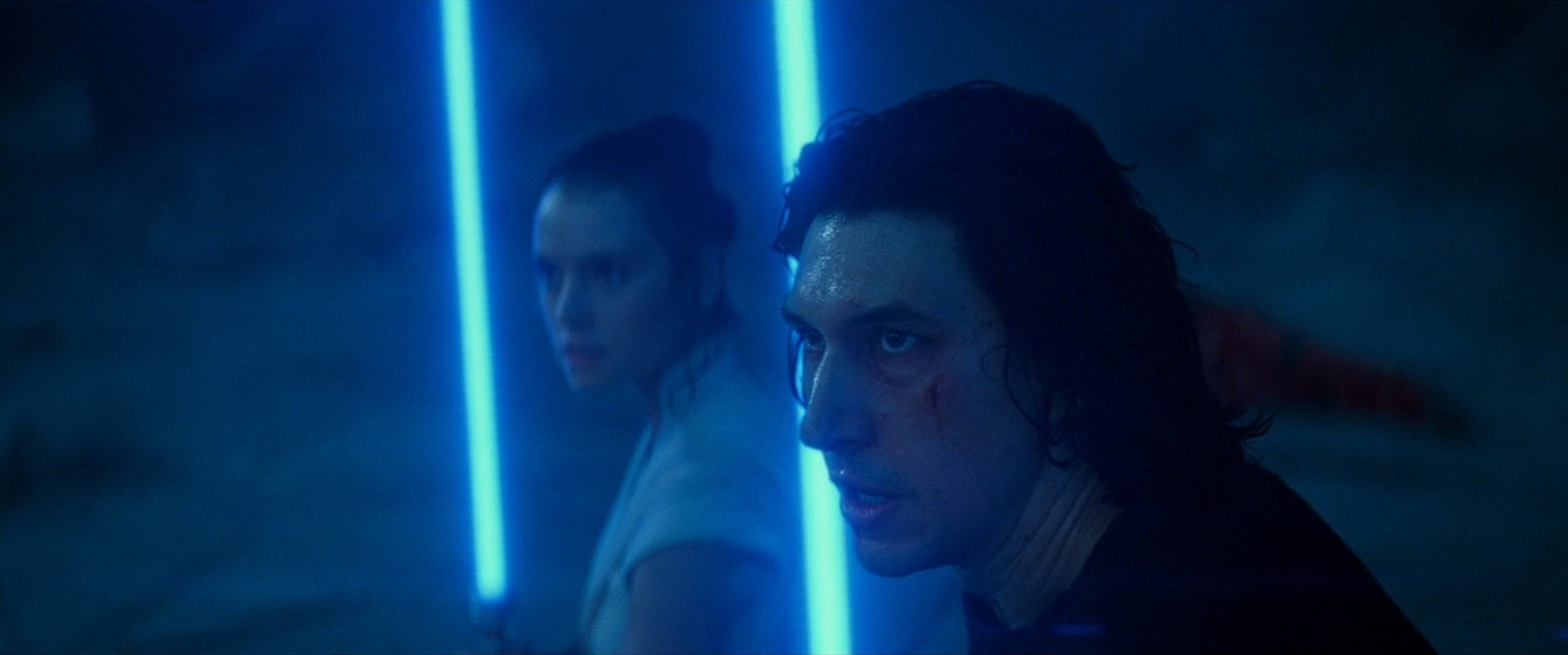
The actor elaborated, “This character was the most confused and vulnerable, and by the end of the three movies, he would be the most committed to the dark side. I tried to keep that arc in mind, regardless if that wound up not being the journey anyway because it changed while shooting. But I was still focused on that.”
Again, plans change. Consider the known fact that Darth Vader was not originally supposed to be Luke Skywalker’s father. Star Wars (1977) was made as a standalone film with plenty of material for more of the story to be told in the event Star Wars was a success.
If George Lucas hadn’t deviated from the intent of the original film, Obi-Wan Kenobi would have been telling the truth when he said that Vader was merely a failed student who murdered Anakin Skywalker.
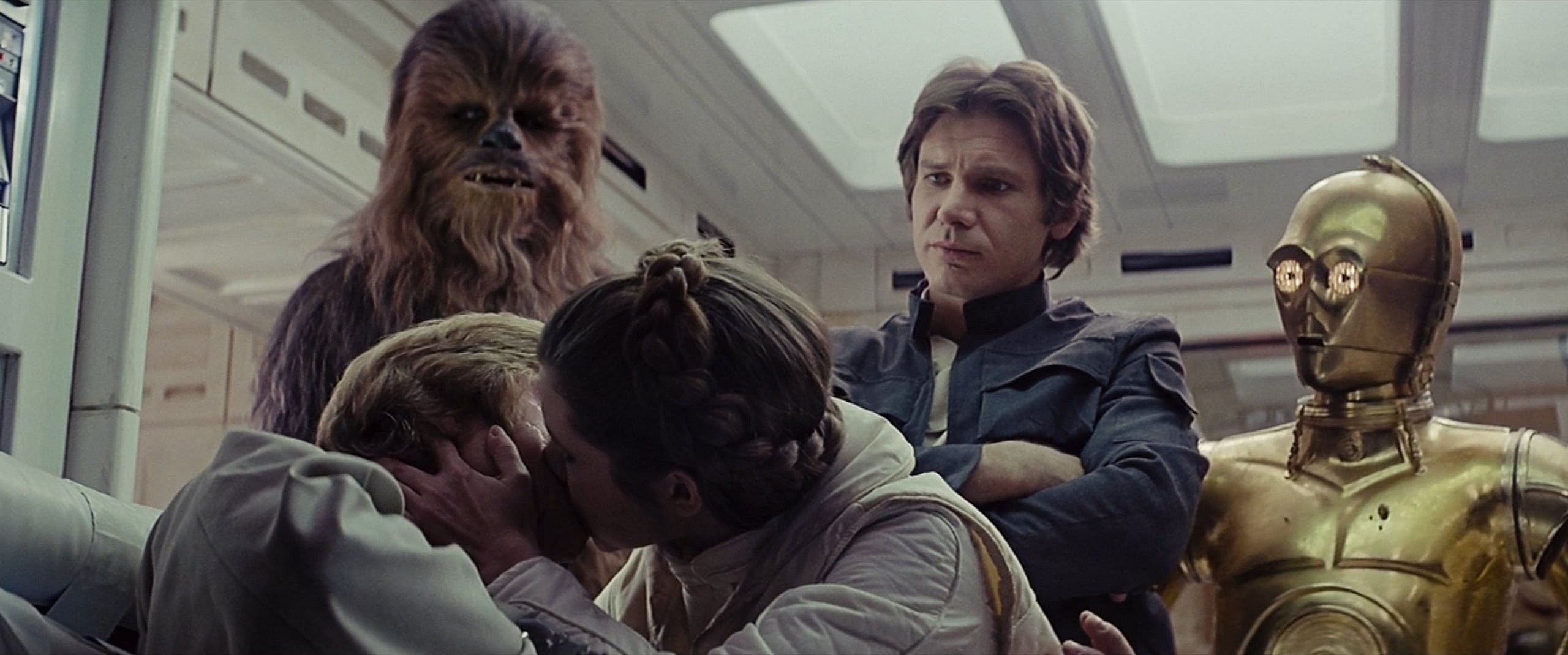
In early iterations of The Empire Strikes Back, Luke never lost a hand in combat and Han Solo didn’t end up encased in carbonite. Luke and Leia were not meant to be siblings when Star Wars up until the development of The Return of the Jedi, thus the incestuous love-triangle dynamic between the Skywalker twins and Han Solo, which remains a punchline amongst fans to this day.
In this light, it could be taken as the norm for Star Wars storytelling that key plot points will change during shooting, and Kylo Ren’s character arc is just the latest change up in a long history of slapdash Star Wars filmmaking.
But there’s something else going on here. Something far more stupid.

Consider as well the plot evolution for Daisy Ridley and John Boyega’s characters — Rey and Finn, respectively. Both have sounded off about how their character arcs were being reworked during production, at the expense of key plot developments from previous installments in the sequel trilogy.
Rey was going to be a Kenobi offspring, then she was definitively made Rey ‘Nobody’ in Rian Johnson’s Episode VIII and, by the end, she was Rey Palpatine — daughter of a Palpatine test-tube baby.
Boyega’s complaints about the mishandling of Finn’s non-arc in Episodes VII-IX are well documented and mostly framed in terms of accusing Disney of racism. He’s argued that they had plans for Driver and Ridley, but none for himself and Kelly Marie Tran. This is demonstrably false, based not only on Ridley’s comments about her character development but also on Driver’s.

There was no plan, for anyone. Romance kindled in The Last Jedi between Boyega’s Finn and Marie Tran’s Rose Tico was iced for no discernable reason. General Hux, played by Domhnall Gleeson, went from destroying five whole planets in the Hosnian system during The Force Awakens, the act of a crazed true-believer, to being a shallow turncoat spy in the conclusion of the trilogy. He was then murdered and replaced by a random new character, General Pryde.
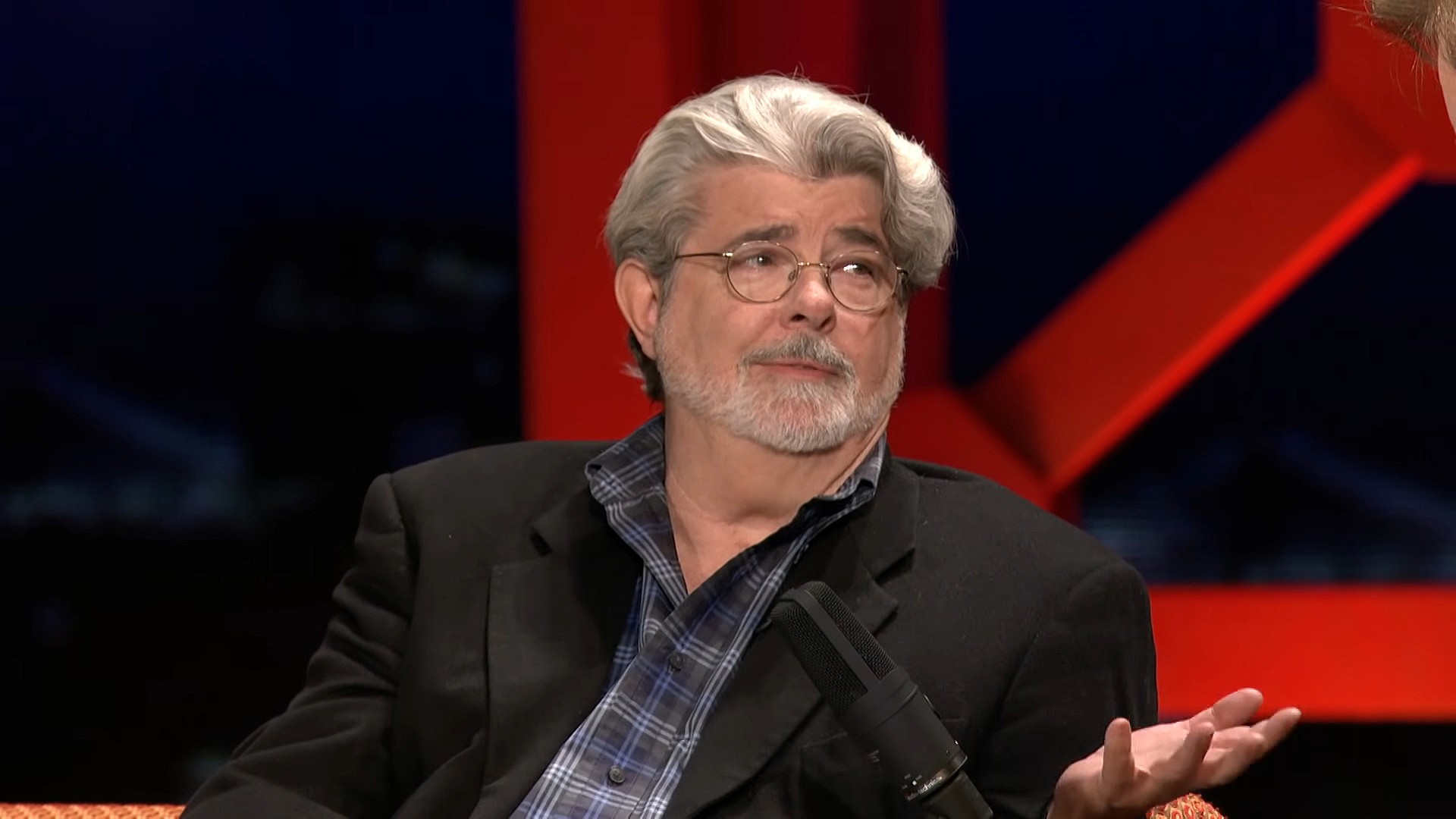
George Lucas loved to tweak and play with the rules and characters of the Star Wars universe. It’s his universe after all. This aggravated certain Star Wars fans, but what Lucas had going for him was that he didn’t seem to care — at all, ever. Whenever fans were mad about something, in interview after interview he’d just shrug.
Disney however, seemed to be making a trilogy of Star Wars films based on Twitter feedback and focus group responses. That’s no way to tell a story, and it shows.
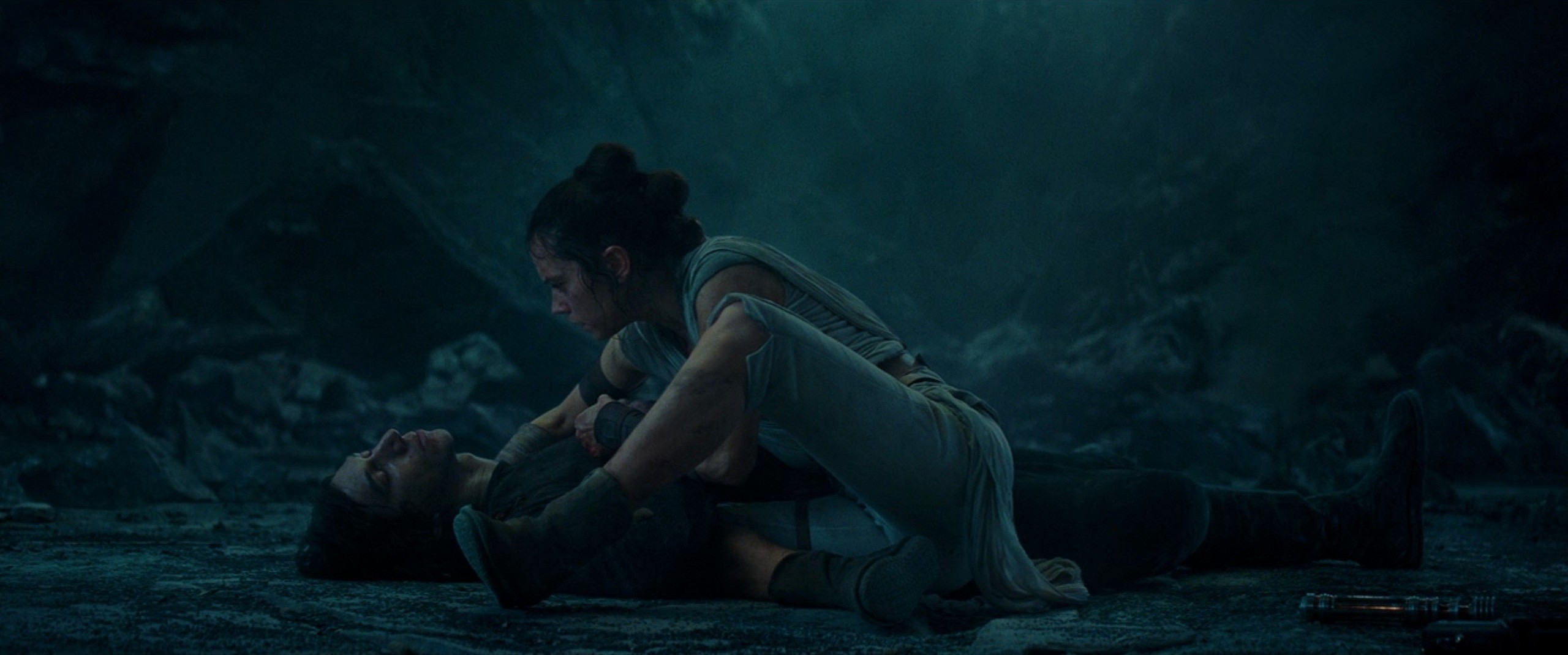
Kylo Ren could have a redemptive arc or double down on being evil. Finn could end up being Force-sensitive or just be an average joe. Rey would come from any elite Star Wars family they wanted, or have no family at all.
George Lucas had something he wanted to say in Star Wars Episodes I-VI. The problem with Disney’s Star Wars trilogy isn’t the last-minute changes to character arcs, it’s that they never had anything to say in the first place.
NEXT: ‘Star Wars: The Glass Abyss’ Novel Takes Mace Windu On A Quest In Honor Of A Fallen Qui-Gon Jinn
